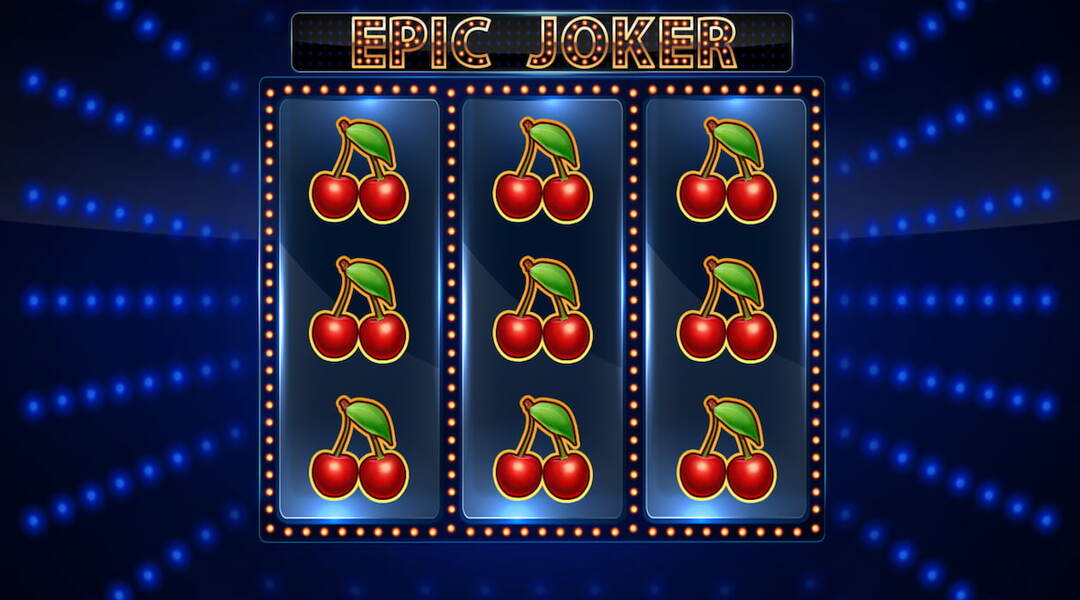Reel in Casino: A Deep Dive Into Mechanics and Odds

When it comes to the allure of casino games, few features are more iconic – or more misunderstood – than the reel. Whether you’re watching the mechanical clink of physical reels spin or tapping away at a digital slot on your phone, the principle remains the same: reels are central to the structure and excitement of slot games. But how well do most players understand what reels actually do?
This article takes a closer look at the function and significance of the reel in casino environments – both land-based and online. We’ll explore the evolution of reels, their role in determining outcomes, how payouts are calculated, and how technology has redefined their mechanics in the digital age. Whether you’re a casual spinner or a seasoned strategist, a clearer understanding of reels can lead to more informed, and potentially more rewarding, play.
The Evolution of the Casino Reel
Reels have been part of gambling entertainment since the late 19th century, when the first mechanical slot machines featured three spinning cylinders with five symbols on each – typically horseshoes, bells, and card suits. These early machines were simple, with just one payline and fixed odds.
With the introduction of electromechanical slots in the mid-20th century, reels became more complex. It was no longer just about the physical stops on a reel, but also about the internal programming that could adjust probabilities. By the 1990s and early 2000s, digital video slots emerged, and with them came the ability to add multiple paylines, bonus features, and elaborate themes.
Today, most slot machines – whether physical or virtual – use random number generators (RNGs) to determine outcomes. The visual reels we see are primarily a user interface, but they still play a vital role in signaling wins and losses to the player.
How Does a Reel Work?
To understand how modern reels operate, it’s important to distinguish between what players see and what is actually happening behind the scenes. In a physical machine, reels spin and land based on mechanical timing. In a digital or online slot, the spinning animation is merely illustrative – the result is determined the moment the player clicks “spin.”
Each reel consists of a series of symbols arranged in a loop. Modern slot machines can simulate having dozens, even hundreds, of symbols per reel, including blank spaces. When the RNG selects a result, it tells the game engine where to “stop” each reel, then displays the appropriate symbols accordingly.
This system allows developers to program certain symbols to appear more or less frequently than others. For example, a high-paying symbol might appear only once on each reel, while lower-paying symbols might appear multiple times. This manipulation affects the probability of winning combinations, even if the visual layout suggests a simpler game.
The Psychology of Spinning
Reels are not just functional – they’re psychological tools designed to heighten excitement and engagement. The spinning motion creates anticipation, while sound effects and flashing lights mimic the experience of near-misses and big wins.
Slot games often use illusion of control mechanisms, such as allowing players to stop the reel manually. While these inputs do not influence the RNG outcome, they increase player engagement. Likewise, “near misses” – when symbols just barely align – are intentionally frequent. Studies show that near-miss outcomes activate the same brain regions as actual wins, which can encourage continued play.
Types of Reels and Layouts
Slot machines today come in a wide variety of formats. While the classic three-reel layout still exists, many modern games use five reels and can feature up to 1,024 ways to win. Others use grid-style layouts (e.g., 6×6) with cascading reels, where symbols fall into place rather than spin.
Here’s a brief breakdown of common reel types:
| Reel Type | Description |
|---|---|
| Classic Reels (3×3) | Mimics traditional machines; often limited to 1-5 paylines. |
| Video Reels (5×3) | Standard in most online slots; usually includes bonus rounds and multiple paylines. |
| Megaways Reels | Uses variable reel sizes and symbols per spin, resulting in tens of thousands of possible combinations. |
| Cascading Reels | Symbols fall into place; winning combinations disappear and are replaced by new symbols for potential consecutive wins. |
| Cluster Pays | Wins are triggered by clusters of symbols rather than paylines, offering a more dynamic gameplay experience. |
Understanding Paylines and the Payout Reel
A key component in slot games is the concept of paylines. A payline is a line (straight, diagonal, or zigzag) across the reels where symbols must align to generate a payout. Most modern slots allow for 20, 50, or even over 100 paylines, and some allow players to adjust how many lines they wish to activate per spin.

The payout reel is essentially the programmed system that determines what reward corresponds to each symbol combination. While older machines had fixed odds for every outcome, today’s slots can use weighted reels to increase or decrease the frequency of certain outcomes.
It’s also worth noting the Return to Player (RTP) percentage – a measure of how much money a machine is expected to return to players over time. A typical RTP ranges from 94% to 97%, meaning for every $100 wagered, the machine is programmed to return $94 to $97. However, this is an average over millions of spins and not a guarantee of individual outcomes.
Features That Affect the Reel
Modern slots introduce numerous game mechanics that interact with the reels:
- Wild Symbols: Substitute for other symbols, helping to complete winning combinations.
- Scatter Symbols: Typically trigger free spins or bonus rounds when appearing anywhere on the reels.
- Stacked Symbols: One symbol appears multiple times on a single reel, increasing the chances of big wins.
- Expanding Reels: Reels grow in size during bonus rounds, increasing win potential.
- Multipliers: Apply to winnings from particular spins or features.
These additions make the spinning process more dynamic and layered than ever before, offering both strategic depth and entertainment value.
Player Strategies and Reel Behavior
While slots are games of chance, understanding reel behavior can help players make smarter choices. Here are some tips:
- Look for higher RTP games: Over time, these return more of your wagers.
- Start with free mode: Many online platforms offer demo versions. Use these to understand reel patterns and game features without risking money.
- Set limits: Reels can be mesmerizing, but every spin is random. Set time and budget boundaries before you begin.
- Understand volatility: High-volatility slots pay out larger sums less frequently, while low-volatility games offer smaller, more frequent wins. Choose based on your risk appetite.
Why Reels Still Matter in a Digital World
Despite the shift to touchscreen interfaces and animated graphics, the reel remains a fundamental part of the casino experience. It provides the visual and emotional core of slot gaming. Even as developers experiment with skill-based games and narrative-driven slots, the reel mechanism continues to serve as a grounding framework.
The beauty of the reel lies in its simplicity. With just a few spins, it creates suspense, excitement, and the hope of hitting a winning combination. Whether you’re chasing jackpots or enjoying a few casual rounds, understanding how reels operate can enrich your overall gaming experience.